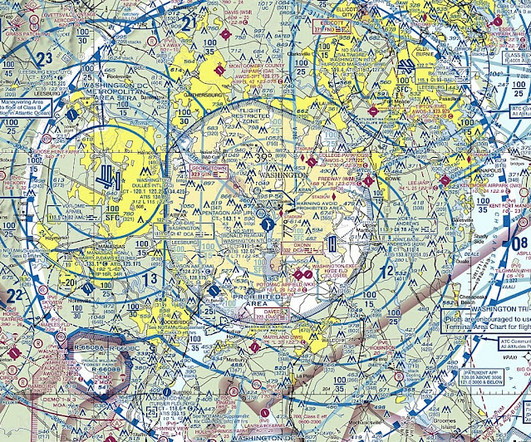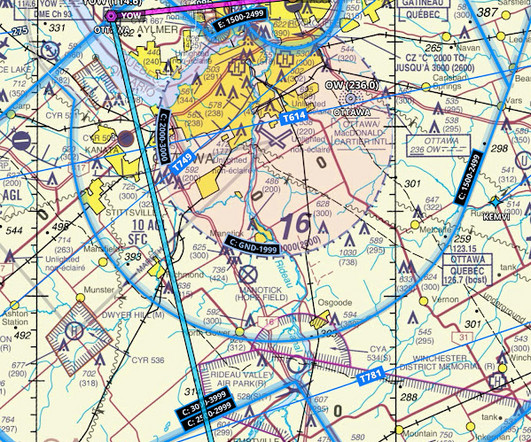Don’t Stop at Private Pilot—10 Reasons to Get Your Instrument Rating Next
Inflight Pilot Training
MARCH 30, 2025
Youll learn how to navigate, communicate with Air Traffic Control, interpret weather, and conduct instrument approaches to airports, all without relying on whats outside your window. Flight canceled. That means more reliable flying, more completed trips, and more time in the air. A layer of clouds at 1,800 feet?


















Let's personalize your content